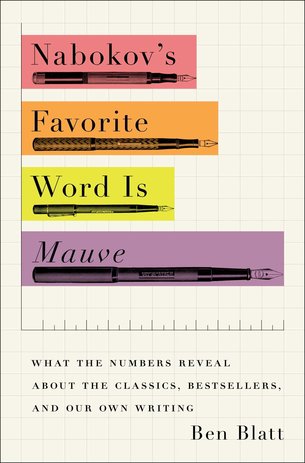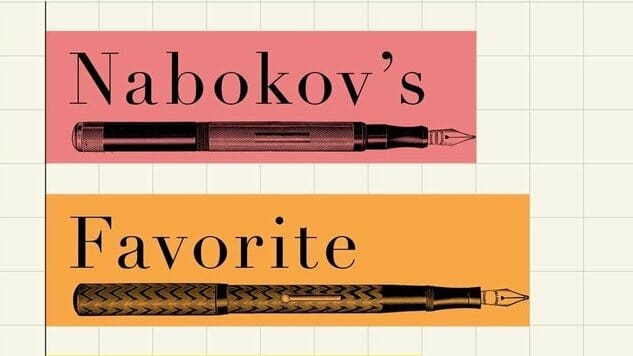Introducing Endless Mode: A New Games & Anime Site from Paste
In his new book, Ben Blatt commits sweet blasphemy in attempting to suss out—via math—what moves us within literature. Nabokov’s Favorite Word Is Mauve delivers a statistical study of literature in the vein of Freakonomics, revealing that mathematical patterns rule both our physical world and the imagined worlds in books.

But what do numbers actually have to do with writing? Blatt himself acknowledges the seeming paradox of it all, yet he sees literature for what it is—a massive, searchable collection of data points. It helps, of course, that the math involved in Blatt’s book is statistics, among the friendliest of numerical phyla, and that he approaches the subject with the right mix of humor, hand-holding and literary love so as not to present a stuffy threat to our beloved works. On the contrary, Blatt reads as a devoted fan of the written word seeking to better understand it. It just so happens that numbers are the means through which he makes a deeper connection.
Some of the questions Blatt tackles are better suited to statistical study than others. A chapter testing the validity of writers’ common catechisms—like “don’t us -ly adverbs” and “don’t use exclamation points”—reveals how often such rules are adhered to or broken. (A great number of them hold in the most general sense; the best writers do tend to use -ly adverbs less, but any great stylist can break a given rule with outlying success.) Even better is Blatt’s proof that some authors follow their own advice. Elmore Leonard, that great denigrator of the mighty exclamation point, appears to have stopped using the mark after publically banning it. The math can even be used to support the art, if one is a touch generous. What is a writer who breaks these common rules if not an example of a powerful, singular voice?
Some of Blatt’s analyses reach even deeper. Nabokov’s favorite word, mauve, may be because the author had synesthesia, for example. And Blatt’s examination of male and female authors’ word choice—and that of male and female characters—titillates the armchair anthropologist with what assumptions may be reinforced in hundreds of years and millions of words.
Blatt’s approach sounds unorthodox, because, as he so aptly notes, we are used to studying literature in a granular way. We spend days, weeks, months on the reading and analysis of one work. We draw conclusions about culture and place until we exsanguinate it, and then we place it within a broader canon. What Blatt’s numbers can do is study the aggregate, massive swaths of work that can reveal broader trends than any single book can. More data, as far as science is concerned, is always better. The more points one can make coalesce into a picture, the better the odds of that picture being accurate.
What numbers add to our understanding of words—and especially to literature, to fiction—is a necessary reality; they are concrete artifacts of the imaginary. No archeologist would discount a vast field of shattered pots, just as no literary critic should discount the scattershot distribution—amongst gender, time and genre—of such seemingly useless words as “everything” and “something.”
Numbers are not anathema to literature. While Nabokov’s Favorite Word Is Mauve is littered with graphs and even a couple of frightening formulas, the one which results in the Great Work is not among them—and it never will be. The outliers Blatt so often highlights prove that. Art and science are not enemies or even friends, but symbioses. In relationship with each other, they yield insights which would be impossible to recognize on their own.
B. David Zarley is a freelance journalist, essayis, and book/art critic based in Chicago. A former book critic for The Myrtle Beach Sun News, his work can be seen in Hazlitt, Sports Illustrated, The Chicago Reader, VICE Sports, The Creators Project, Sports on Earth and New American Paintings, among numerous other publications. You can find him on Twitter or at his website.

